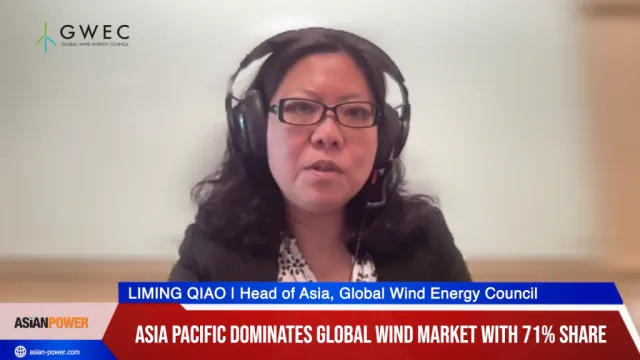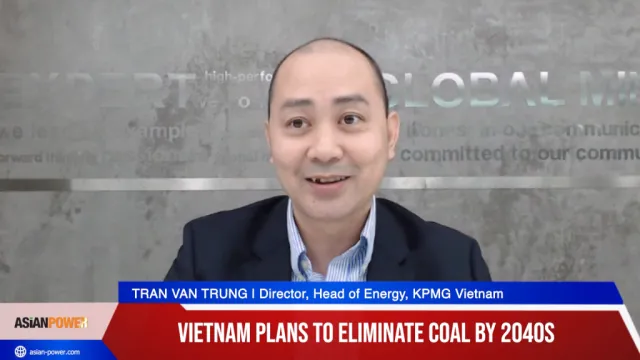China
China generates 13.5% more power in first half
China's power generation rose 13.5 percent from a year earlier to 2.22 trillion kilowatts-hours in the first half of this year.
China generates 13.5% more power in first half
China's power generation rose 13.5 percent from a year earlier to 2.22 trillion kilowatts-hours in the first half of this year.
Construction of Xiangbiling hydropower project officially starts
The inauguration ceremony of Xiangbiling Hydropower Project was recently held in Weining County, Bijie of Guizhou, to offically start the construction phase.
400KA potline of Huanghe Hydropower successfully put into operation
The last electrobath of 400KA potline in the hydropower-aluminium joint operation project of Huanghe Hydropower Development Co., was successfully put into operation.
China's energy head wants control on power use prioritized
China should give higher priority on control of total energy consumption, said a senior energy official Saturday.
Energy-intensive industries increase China's power consumption
The National Energy Administration (NEA) said on Friday that six energy-intensive industries accounted for 42.7 percent of the country's power consumption growth during the first five months of this year. China's overall power consumption increased by 12 percent year-on-year, reaching 1.85 trillion kilowatt-hours (kwh) in the first five months of 2011. The electricity, steel, building material, non-ferrous metal mining, chemical engineering and petroleum industries contributed 5.1 percentage points to the increased consumption rate, the NEA said in a statement on its website. The six industries consumed 887.3 billion kwh during the first five months of this year, the statement said. The government should put a cap on power consumption in order to force energy-intensive industries to use less electricity, an unnamed NEA official said.
Tibet's 30MW solar facility begins operations
A 30MW solar plant in Tibet has commenced commercial operations.
Three Gorges Dam has expensive problems Dam has expensive problems
Silt stopped and stored by the Three Gorges Dam is creating riverbank collapses in the lower reaches of the Yangtze, a hydraulic expert told the Global Times Wednesday. The cause of these collapses is clearer water hitting the middle and lower reaches of the river, said Liu Shukun, a professor in the department of hydraulics at the China Institute of Water Resources and Hydropower Research in Beijing. "The water generates stronger scouring force against the river banks, making them more vulnerable to collapse," he said. Silt content at three points along the Jingjiang section of the Yangtze – 30 kilometers downstream of the dam – has fallen 70 to 80 percent since the dam started storing water, according to statistics from the Yangtze Water Resources Commission of the Yangtze Institute of Survey Planning Design and Research in Wuhan, Hubei Province, the 21st Century Business Herald reported. The 430-killometer-Jingjiang River is what the Yangtze is called from Zhicheng, Hubei Province, to Chenglingji in Hunan Province. Large riverbank collapses in Nanwuzhou, a 25-kilometer-dam on the Jingjiang River, hit twice last year, leaving a 600-meter collapsed section, the Guangzhou-based newspaper reported. In the four years after 2003, when the dam started storing water, 124 collapses occurred along the Jingjiang River, the report said. Statistics from 2002 to 2006 suggest annual bank and riverbed erosion 10 times higher along the Jingjiang River since the Three Gorges Dam began storing water, according to an expert at the institute, the newspaper reported. The constant collapses have hurt attempts at bank protection, Cai Qihua, director of the Changjiang Water Resources Commission of the Ministry of Water Resources, told the People's Daily on June 11. "The erosion is much more serious than we had predicted," she said. The Yangtze riverbed and its water level had also fallen in recent years, according to Liu. During the five years after the dams stored water, riverbeds of some sections of the Jingjiang River are about one meter lower than before, the Guangzhou-based newspaper said. The Yangtze water level will fall 5 to 10 meters more in drought seasons, a hydraulic expert was quoted by the newspaper as saying. Poyang and Dongting lakes near the Yangtze have almost no water. "With a lowering Yangtze riverbed, droughts will occur at the two lakes frequently in the future," Liu said. "Hunan and Jiangxi provinces are planning to build locks on the lakes that will have a negative impact on the irrigation and ecology of the lower reaches." The government has invested more than 100 billion yuan ($15.5 billion) to study the problems in the lower Yangtze reaches, Liu said.
Mongolia allows Chinese, U.S. firms to develop key coal deposit
Mongolia has selected Chinese and U.S. firms as partners in jointly developing its lucrative Tavan Tolgoi coal deposit.
China is world's top investor in renewable energy, says study
China is now the world leader in renewable energy investment according to the "Global Trends in Renewable Energy Investment 2011."
Yingli Green to supply modules to Huanghe Hydropower
Yingli Green Energy will supply HUnaghe Hydropower with 30MW of PV modules for a solar project located in Wulan, and 80MW of PV modules for a project located in Golmud. These are both in Qinghai province.
Aspire raises Mongolian coal output target
Aspire Mining raised the production target for its wholly-owned Ovoot coking coal project in Mongolia to 12 million mt/year.
CPI achieves Xinjiang breakthrough with project ratification
The 49.5MW Phase I of CPI Xinjiang Mayitasi Wind Power Project was ratified by Xinjiang Autonomous Region Development and Reform Commission, which was the first wind power project invested by CPI in Xinjiang.
CPI achieves Xinjiang breackthrough with project ratification
The 49.5MW Phase I of CPI Xinjiang Mayitasi Wind Power Project was ratified by Xinjiang Autonomous Region Development and Reform Commission, which was the first wind power project invested by CPI in Xinjiang.
Phase II of Jinzi Mountain Wind Power Project gets ratified
Phase II of CPI Guangxi Jinzi Mountain Wind Power Project has been ratified by the Development and Reform Commission of Guangxi Zhuang Autonomous Region.
Inner Mongolian coal-fired plant to be built at $1.5B
CECEP and UK's Seamwell International will build a $1.5 billion coal-fired plant in Inner Mongolia, China.
China's top 5 power firms suffer more losses
China's five major state-owned power-generating firms lost a total of 12.16 billion yuan or US$1.88 billion from January to May period. This is a substantial increase 4.3 billion yuan in losses during the same period last year.
China Ming Yang to commercialize super compact drive wind turbines
China Ming Yang plans to commercialize its 2.5/3.0MW Super Compact Drive prototype wind turbine generator.
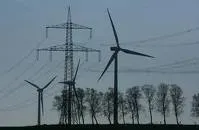

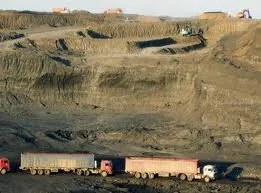
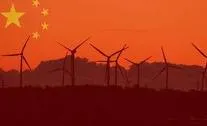

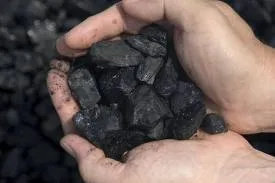

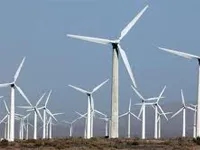



 Advertise
Advertise




